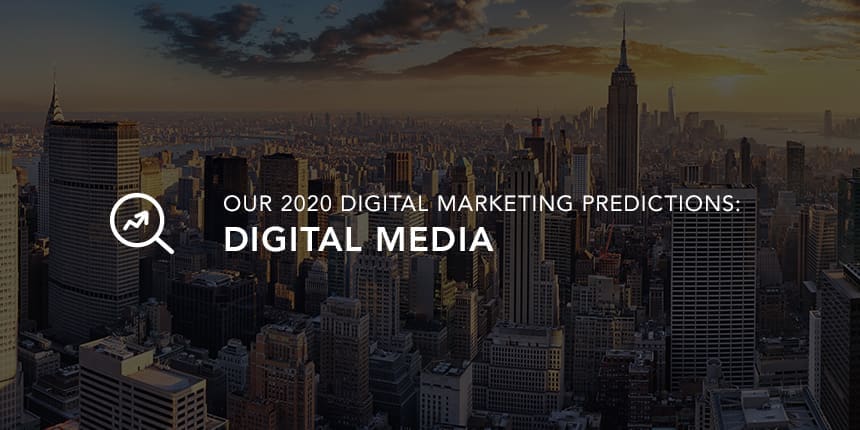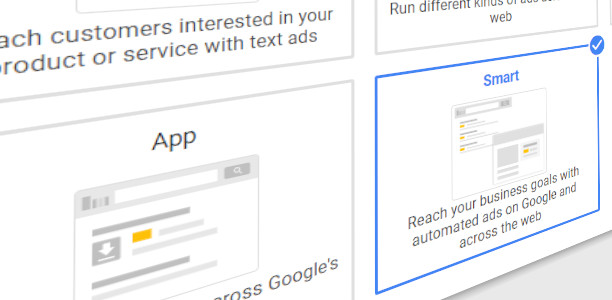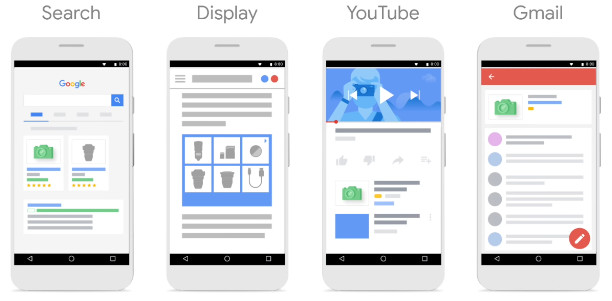
Maximize your local presence through strategic location management.

There’s no shortage of digital marketing predictions this month, most of which center around a few core themes—including the continuing rise of automation and, by proxy, the loss of marketers’ granular control over their paid campaigns. But we heard similar laments this time last year, didn’t we? Has nothing changed?
In our industry, progress comes in waves. While predicted trends and concerns for 2019 were not necessarily wrong, the tone and tenor were misplaced. This is, in fact, the golden era of digital media. Never before have as many tools, resources, data sources, and platforms been so readily available to marketers. As Peter Drucker once penned, “the greatest danger in times of turbulence is not the turbulence; it is to act with yesterday’s logic”, so let’s explore the trends and developments we can all agree on—and, more importantly, learn how to prepare and prosper should these predictions hold true.
Automation has touched nearly every aspect of search. We’ve seen automation in ad copy (RSA), bidding (smart bidding), and optimisation (Optimisation Scores). But all of these are the logical continuations of trends that have persisted over the last five years and more.
Structure your campaigns with similarly performing keywords and ad groups. Don’t be so beholden to keyword themes. Consistent data and uniformity of performance will allow bidding algorithms to make good predictions on low and high-volume searches alike. This will future-proof your account as automation continues to creep into more and more facets of an account.

Make sure that exact-match terms always match to relevant queries, and that BMM (broad match modifier) is only used for prospecting new searches. This is done by adding all exact-match keywords as negatives to your BMM campaigns or ad groups, not just the parallel terms ([keyword] and +keyword, for example). Artificially inflating the performance of BMM terms will only result in thinner data for your exact-match terms and higher BMM bids, which will eat away at opportunity and efficiency (tl;dr = give algorithms cleaner, more predictable data).
For better or worse, the SERP has become a destination rather than a portal. There are a host of searches that begin and end on Google or Bing without ever driving a click. Users can price shop, check out driving times and directions, get store hours, reviews, answers, and more without ever leaving the walled garden of the results page. Google Shopping and Gallery Ads have forced advertisers into paying for navigational traffic on Google’s properties rather than their own.
This helps search engines better predict performance—removing poorly optimised landing pages and sites from the equation—protect privacy, and, of course, monetise the traffic they once doled out to other corners of the web. With privacy legislation on state dockets across the US, expect Google to find more and more ways to keep users in their own environments.
Subscribe to our monthly newsletter.
Be smart with your audience strategy. Customer Match will become (if it hasn’t already) the most important audience an advertiser can leverage. You will see remarketing opportunities continue to shrink as consumer privacy protections rise and more users stay on Google, Facebook, Amazon, and the like.

Use Google’s SERP to keep your existing customers. Make sure to set different performance targets and bid policies on these SERP-focused tactics than those driving directly to site. The opportunities in Shopping Ads and Gallery Ads are essentially limitless, but that does not mean that every opportunity is equal. Take those quick conversions off the table with aggressive bids.
The rise of machine learning and AI has directly shifted the value exchange between advertiser and account rep. That’s fine: it is not anyone’s responsibility to do great work for one’s clients but our own. Automated suggestions like Optimisation Scores—as well as redirection to helpdesk live chats—are distributed equally and equitably to any and all search advertisers.
This will only continue as account reps are charged with growing more incremental parts of Google and Bing’s revenue streams, such as video and native advertising. Advice and optimisations that come from these two organisations should always be valued, but viewed as table stakes and not as advantages.
Knowing the type of information your competitors are getting is actually an incredible advantage for those who want to seize it. If your conversion-focused account is pitched tCPA, it is likely being pitched to your competition, too. How can you make that bid policy work better for your client? What can you do that no one else has thought of yet?
The time saved by automation is supposed to be reinvested into strategy. Test some out-of-the-box audiences. Try upselling. Launch campaigns in the search-adjacent spaces (GSP, Discovery, TrueView for Action) with your remarketing audiences. Do not simply take a target CPA suggestion as an optimisation. Take it as an invitation to try something no one else has done.
There’s no question that 2020 will be turbulent, but that’s good. If nothing was changing, there’d be no need for cutting-edge thinking. Be ready for change, react quickly, and good luck in the new year! As ever, our paid-search specialists are always ready to help.
Maximize your local presence through strategic location management.
Maximize your local presence through strategic location management.
Subscribe to our monthly newsletter.